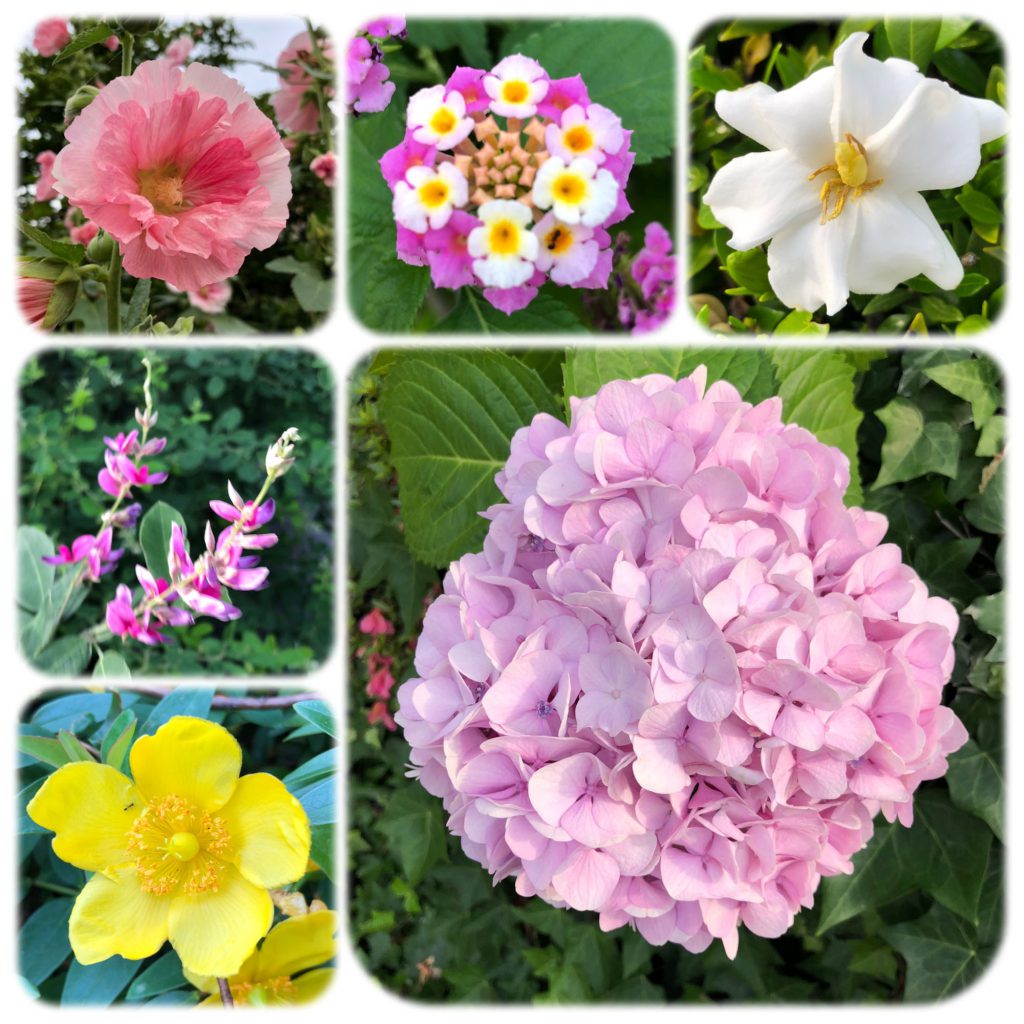
When I was walking down the road, Hagi flowers were blooming in the shrubberies. Even though the rainy season is yet to come into production, autumn flowers are already in bloom. Hagi also has a flowering season from July to October, but it is common sense that it is an autumn flower. Since Kigo(seasonal word) is indispensable for traditional haiku, I am tempted to stick to seasonal words, but when it is natural for flowers to bloom out of season, and there are flowers that continue to bloom across seasons like Lantana, I have a hard time choosing Kigo. In that respect, if there is no Kigo and no limitations of 575, I am easy to create Haiku, but although “even if you cough” (Ozaki Hosai) or “straight road is lonely” (Taneda Santoka) is still allowed, like Shikunro Aoki, if he says that a short phrase with only two sounds, such as “kaho” or “iro,” is a haiku, I can’t help but resist. I’m thinking about the meaning of Basho’s words, “Haiku is fluid and transitory while also being eternal and immutable”, again.
道を歩いていたら植え込みに萩の花が咲いています。梅雨はまだこれからが本番だというのにもう秋の花が咲いているのです。萩もなるほど花期は7月から10月とありますが、常識的には秋の花です。伝統的な俳句には季語は必須ですからどうしても季語に拘りたくなるのですが、季節外れの花が咲くのが当たり前になり、ランタナのように季節を跨いで咲き続けたりする花があったりすると、季語の選択に難儀します。その点、季語もなければ、五七五に拘らない自由律俳句は楽ですが、「咳をしても一人」(尾崎放哉)だとか、「まっすぐな道はさみしい」(種田山頭火)はまだしも、青木此君桜のように、「かほ」「いろ」といったわずか二音の短い句も俳句だと言い出したら、いささか抵抗も禁じえません。芭蕉の言う「不易流行」の意味をまた考えているところです。
